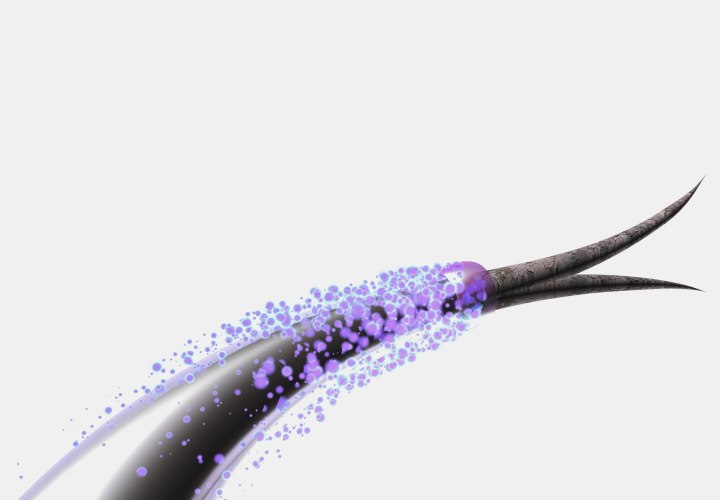Go Gray and Tint Remover

A: I completely understand your mom's desire to embrace her natural gray. However, I'd actually advise against starting with a tint remover, especially if she's been using permanent hair color for years. Here's why and what I recommend instead.
Instead, I recommend transitioning more gradually using a demi-permanent color in a shade that's lighter than what she's currently using. This approach allows the permanent color to grow out while providing a more seamless blend between her natural gray and the colored sections. Demi-permanent colors are much gentler on the hair since they don't contain ammonia and use a lower volume developer. They deposit color without lifting the natural pigment, which means significantly less damage to hair that's already been processed for years.
Now, if your mom is already completely gray underneath her current color - which sometimes happens when people have been coloring for decades - then using a tint remover followed by some strategic color correction might give faster results. In this case, you'd want to follow up the tint remover with a level ten toner to neutralize any yellow or brassy tones that emerge. Even then, I'd still recommend using demi-permanent products for the toning process to minimize additional damage.
The trade-off with the gentler demi-permanent approach is maintenance frequency. Since these colors gradually fade with each wash, your mom will need touch-ups every six to twelve shampoos, depending on how porous her hair has become from years of coloring. Hair that's been regularly processed tends to be more porous, which means it releases color more quickly but also absorbs it more readily.
If her hair is indeed quite porous, here's a tip: have her switch to co-washing, which means cleansing with conditioner only instead of traditional shampoo. This technique helps smooth and seal the hair cuticle, which not only makes the hair feel softer and look shinier but also helps the demi-permanent color last longer between touch-ups. The key is choosing the right conditioner. Look for one that's enriched with nourishing fruit oils like argan, olive, or even coconut oil. These oils provide the cleansing action needed to remove buildup while simultaneously conditioning the hair.
The gray transition process requires patience, but the end result is worth it. Your mom's natural silver will likely be more beautiful than anything that comes from a bottle, and her hair will thank her for the break from harsh chemicals. Gray hair is absolutely stunning when it's healthy and well-cared for, and taking the gentle approach now will ensure she gets the best possible result in the end.
©Hairfinder.com
See also:
How to color hair
Can I increase the progression of my gray hair?
Can I use a product to remove my hair color and go all gray at once?